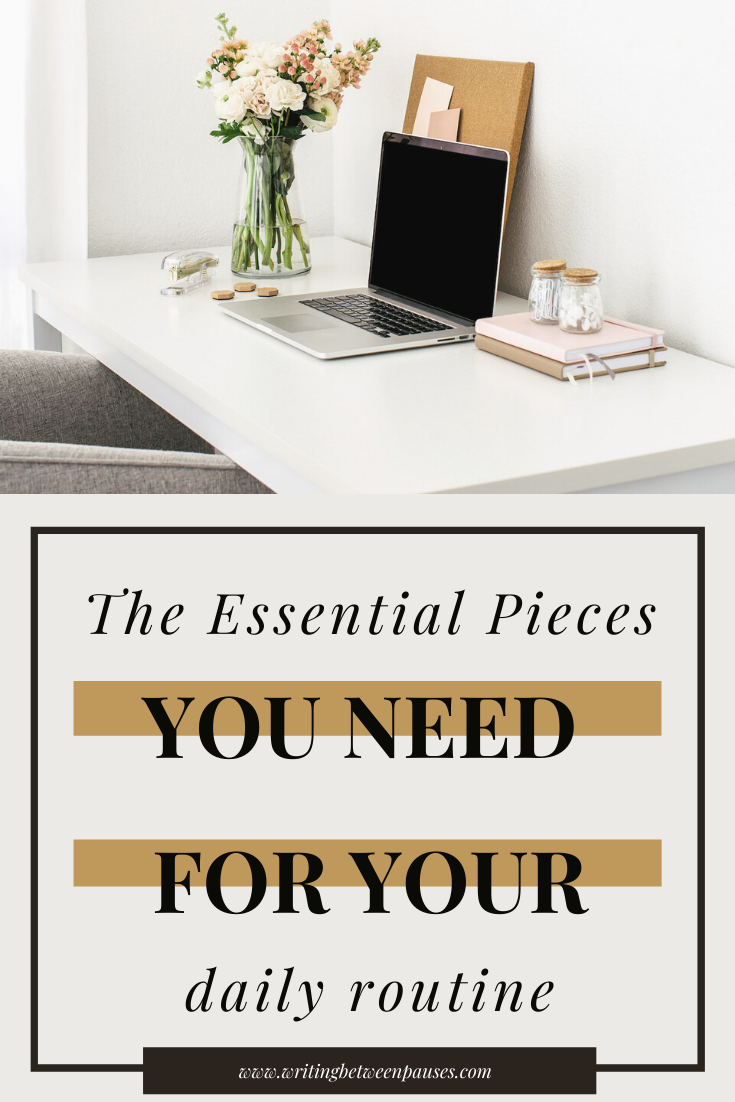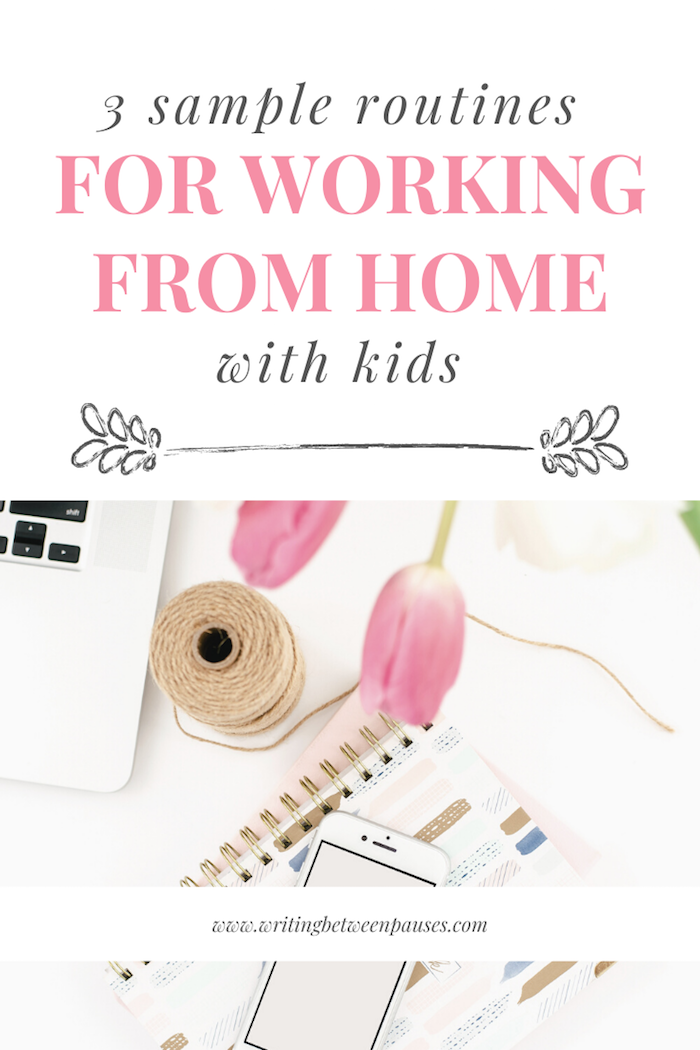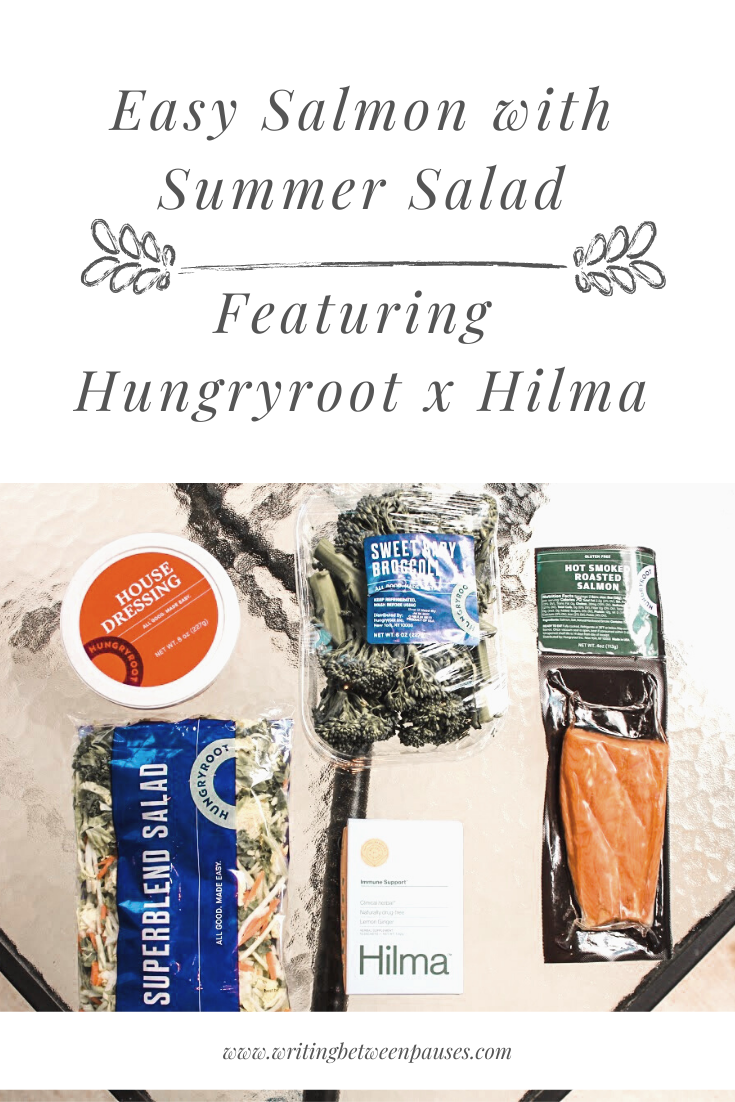Running your own business is hard. Especially when your business is service-based. It would be a whole lot easier if I sold candles or something similar: a single purchase, a relationship formed only if both parties want it to continue.
For service-based businesses, the relationship is the point. And with a business that is predicated on relationships, on managing expectations, things can get really challenging.
This isn’t to say that running one type of business is easier than another. There are things that are super challenging about both, obviously. But sometimes, for me, there are times where I wish I could just ship a physical product and call it done!
Unfortunately for me, I don’t make a physical product. I’ve been super lucky to have a really great first 8ish months of working for myself exclusively—there haven’t been any big issues. However, over the last year, I’ve definitely been able to see the mistakes I’ve made clearly. I wanted to share these as I think, for everyone who works for themselves running their own business, they are things to look out for.
1. Not Setting Clear Expectations with Clients (or, Ignoring Very, Very Red Flags)
If you work in a service-based business, eventually you’re going to come across a client who doesn’t know what they want. They know sort of what you do, they know they need to hire you, but they don’t have any idea what any of this means. They might be micromanage-y about it; they might be standoffish about it; but either way, you’re never going to be able to meet their expectations because they don’t know what they are. For you, this creates a situation where the target is always moving, you aren’t able to get what you need, and, especially if you’re in the early part of your career, you don’t really know how to deal with them.
I have had 2 clients like this so far. Both of them had red flags from the very beginning. With these kind of clients, I often find myself falling into the same cycle:
They ask me to do something that is outside the scope of my contract with them.
I’m a pushover, so I start doing that work. I communicate with them a new need (such as a login, payment information for a new tool, etc.)
They do not respond to my emails.
I think, “I’m an adult. I don’t need to chase my clients when they don’t respond.”
I send a follow up email.
They don’t respond.
A week goes by and they ask me what’s wrong with their website, why haven’t I done the work they asked for, they don’t understand what’s going on, etc.
I end up feeling gaslit by the end of it—am I the one being flaky? Am I the one not doing what I’m supposed to do? And for both of these clients, I sensed a red flag from the very beginning; I suspected that they didn’t know what they want and got the vibe that they would ask for more work from me than what was in the contract. (Such as asking things like “Oh, you do SEO writing too, not just VA work? That’s good to know!” is usually a sign that they’re going to try to get me to redo their website.)
What did I learn from this mistake? Set expectations at the beginning. Here’s a good script I write for myself:
“So, from my understanding, you’re asking for [#] hours a week of [task-based work]. While I do provide other services, at this time, that is outside the scope of this contract. I understand that your goals are X, Y, and Z. To help meet these goals, I’ll send check up emails on Monday morning.”
That’s just a brief script—I might include more, as well as an email summary that includes a write up of what I’ll be doing in the hours I have dedicated to that client. I also keep my expectations really clear: I am not an employee and I won’t act like one. If an urgent task comes up, I will do my best to tackle it right then and there—but most likely, I will have to work it into my schedule. Making these expectations clear—that I am not their babysitter or manager, but rather an expert in my field they are hiring to take over—is a huge aspect of my on-boarding now. Live and learn, y’all.
2. Not Invoicing My Clients for All the Time I Spent on Their Projects
“Well, I spent 3 hours working on that due to technological issues, but I feel bad that it took so long, so I’ll invoice for 1.5 hours instead,” I said about literally every project with literally every client for the first 6 months of freelancing.
Not only does this cheat your clients—they think you’re doing a ton of work efficiently in half the time, giving them a false sense of how long projects take—it cheats you. You didn’t spend 1.5 hours on that—you spent 3 of your hours (out of 24 in a day, of which hopefully you spend like 10 or so sleeping!) on it. And you deserve to get paid for those 3 hours, even if it took you longer than you thought it should, even if you feel bad about it.
Which, note to self, why do I feel bad about invoicing my clients? They hired me! They’re paying me! That’s what I’m here for!
What did I learn from this mistake? This was a huge mistake I made that doesn’t really have any impact on the work I did or the relationship I built. But it did effect how I saw my work over time, it impacted me financially (obviously spending 12 hours a day working and invoicing for half of it and then wondering why my invoices are so tiny at the end of the month—note to Michelle, you gotta stop this), and it made me feel burnt out. Not only that, I felt really stupid about it!
Now, I invoice for every minute, every second that I work for a client. I personally use Clockify to manage my time and see how much I’ve worked on a project (and to know if I’m using too many hours—in which case I communicate with the client and let them know I’ll either need to scale back hours or we should increase their budget)—it includes a timer so that I just set it at the start of a task and have a detailed description of every minute I’ve worked.
This leads me to a specific example. This is actually one of the clients in my first example—a client I had to fire for asking me to do more work than was in the scope of my contract, paying me too little (I didn’t negotiate and I was making $12 an hour—that’s right, $12 an hour), and blaming me consistently for things that were not my fault. (A prime example is their website went down because they renewed the wrong website—which unfortunately badly effected their SEO. I wasn’t hired for SEO though and I’m not a programmer; I couldn’t help them with the technical bits of their website!) When I fired them, I sent my last invoice—and they didn’t pay it, didn’t pay it, didn’t pay it. When I finally asked them what was up, as our parting of ways was not contentious, she replied that because she would have to redo some of the work I had done, she didn’t think she should have to pay me for those hours and her bookkeeper agreed. I was so upset that I just said fine, pay me whatever. (Reminder: this was work that was completely outside the scope of my contract to begin with!)
Friends, this is wrong. Your client does not get to determine whether you are paid for the work you did for them or not. You did the work, you get paid for it. There is no arguing. If they do argue, tell them you will speak to a lawyer. If you have a contract (and you should always have a contract), make sure to stipulate payment terms. If you have to prove you did the work, that’s fine. But if you do deliver the work that is asked for, you deserve to be paid for it—and there is no reason why a decent business would ever argue about it or try to step back on a contract.
Whew! All this is to say: invoicing is a challenging part of freelancing, I struggle to bill clients appropriately (due to some guilt issues and imposter syndrome), and I completely understand if you feel lost and confused about the process because, honey, honestly, same.
Ok, over to you: what’s your biggest mistake you’ve made freelancing? I’m not talking email-sent-at-the-wrong-time or email-gone-unanswered, but rather—what is a mistake you made that taught you a serious lesson about running your business?


























